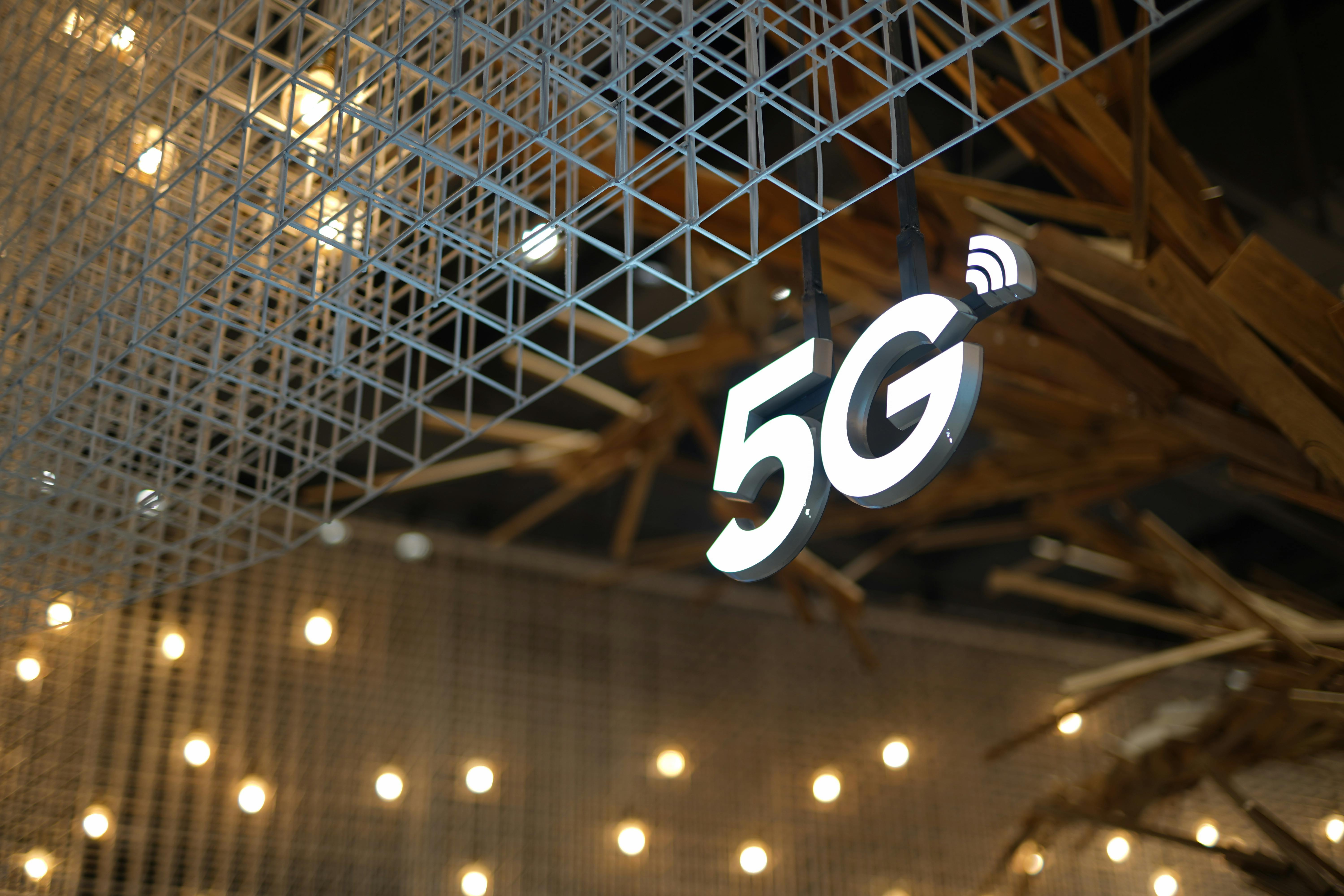
A short while ago we blogged about space entrepreneur Elon Musk’s company Starlink – A new satellite broadband service.
In a recent article from the BBC, a cyber-security expert from The University of Surrey talks about the outages he experiences on his satellite broadband – And how he thinks they could be down to pigeons sitting on his dish!
Those who live in rural areas can only dream of fibre broadband – Satellite broadband gives these people a chance for low latency broadband. This particular cyber expert, Professor Woodward, is one the 100,000 beta testers of the LEO (low Earth orbit) satellite broadband system.
And he believes that his satellite dish looks rather like a modern bird bath – That the pigeons have taken a shining to!
It’s definitely not a bird bath though. This fancy little dish sends and receives signals to passing satellites. There is a constellation of 1,700 satellites at a height of approximately 550km (380 miles). You might have seen them in the night sky! They orbit earth about every 90 minutes.
Starlink plan to mobilise tens of thousands more of these satellite to improve their broadband service. However, Space X, the company who operate Starlink, have been slowed down by chip and liquid oxygen fuel shortages.
Whilst it’s not definitive what is actually causing Prof Woodward glitches, expert opinion says that a pigeon sitting on a Starlink antenna could certainly cause a decrease in performance.
Starlink aren’t the only organisation planning to provide satellite broadband. There are quite a few in the pipeline!
- Project Kuiper from Amazon has a plan to launch 3,236 satellites
- Canadian company Telesat are planning to put 298 satellites into orbit
- The EU are making plans for a ‘mega-constellation’
- China are making plans for their own satellite network
- OneWeb – Part funded by the UK taxpayer – already have hardware in space like Starlink, with 288 satellites in space
If you’ve not heard of OneWeb, their focus will be on providing internet to businesses, maritime users and the government. They have a deal with BT, which means there is a strong likelihood that they will also provide consumer broadband to rural areas. It could also mean portable 5G cells for hire.
Some people may even be using satellite broadband without realising it! For places where fibre isn’t available, suppliers may run a satellite link. This would feed the local broadband pipe, giving rural homes a connection.
Becoming a beta tester isn’t cheap
If you’re struggling with a rural broadband connection and are sat wondering how much it might cost to become a Starlink beta tester, then read on.
It currently costs about £500 for all of the equipment you will need, plus £89 per month fees.
Thankfully, it’s pretty straightforward to get it all set up. Starlink will provide you with an app that helps identify any potential obstructions when you’re choosing the best spot for your dish.
You’ll want to choose somewhere flat and easy to get to – But worth considering the pigeons too!
Once you connect to the router and the dish is in prime position, you should find yourselves with fast internet.
What are the actual speeds of satellite broadband?
In this example, the average speeds were 150-200 megabits per second (Mbps) download speeds and 10-20Mbps upload. Whilst there may be occasional dropouts, this scenario didn’t experience interruptions in streaming shows.
And for many people struggling for broadband in rural locations, these speeds are a dream come true.
And with Elon Musk hoping to double the top speeds offered to 300Mbps, there seems to be scope for improvement.
What can affect satellite broadband service?
Well, as the blog title implies, pigeons can be a bit of an issue. But there are also other factors that can affect the service that satellite broadband service users receive via LEO satellites.
- It depends on whether there are a number of other dishes nearby. For this reason, Starlink limits the number of users per coverage area. In a given area, not very many users can have the top speed at the same time. This is because it has a finite capacity it can provide in a given area, so user experience will decrease as the number of nearby users increases.
- Regulator Ofcom expressed their concerns about how different satellite systems could cause interference. What would you prefer – A slow but reliable connection, or a fast yet intermittent one? For things like Zoom, you’re going to need a continuous connection.
Will the skies become crowded?
Astronomers have actually already started observing how busy the LEO is becoming, and how trails of satellites are interfering with their observations.
The possibility of collisions is also a very real concern. Apparently there have already been reported near misses involving Starlink satellites, with experts warning that the ability to prevent collisions between the many satellite constellations will become increasingly difficult for both humans and algorithms.
This means we may require more technologically advanced solutions in order to keep spacecraft safe in space.
Of course, the number of satellites orbiting earth will depend on the demand for them. There’s not much point sending all these satellites up into space if there isn’t actually a demand for satellite broadband here on earth!
But for those living in rural areas where fibre broadband isn’t possible, satellite broadband could be just the solution.
Just make sure to watch out for the pigeons!



